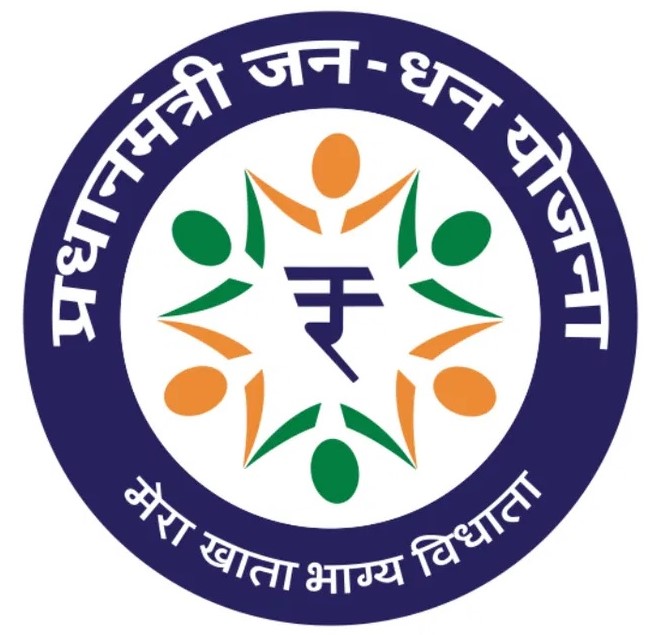The Gender Implications of the Jan Dhan Yojana
28 Aug 2023
Opinion: Anupma Mehta.
The conceptualisation of financial autonomy was such a prescient aspect of the scheme that it immediately forged a bond with the target audience, exhibiting results from the very day of the launch.
When the American author, public figure, and civil servant Clare Booth Luce asserted in the mid-twentieth century, “A woman’s best protection is a little money of her own,” little would she have imagined how the value of this simple truism would continue to play out for Indian women in the twenty-first century. It is only apt to revisit Luce’s comment in the context of the anniversary of one of India’s largest and most prominent financial inclusion scheme, the Jan Dhan Yojana, on its ninth anniversary today.
Launched by Prime Minister Narendra Modi on 28 August 2014, the Pradhan Mantri Jan Dhan Yojana (PMJDY) symbolises unprecedented financial inclusiveness for the hitherto marginalised and financially excluded communities, especially the women within these communities. The scheme was designed to ensure the excluded sections access to various financial services like availability of a basic savings bank account, and access to need-based credit, remittances facility, insurance and pension. This was envisaged through the provision of at least one basic banking account and financial literacy for every household.
The conceptualisation of financial autonomy was such a prescient aspect of the scheme that it immediately forged a bond with the target audience, exhibiting results from the very day of the launch.
According to official Finance Ministry data, a record 1.5 crore accounts were opened in banks earmarked for the scheme on the first day itself, and within the next two months, that is, by 28 October 2014, 6.47 crore accounts had been opened under the scheme, and 179 million accounts were operative in the first year itself, making it the world’s largest financial inclusion scheme.
As of 2023, nine years after its initiation, about one lakh accounts are reportedly still being added every single day, bringing in a whopping Rs. 4,813 crore in the form of deposits under the PMJDY.
This enormous mobilisation of funds under the scheme is a reflection of not just the financial empowerment of an underprivileged population but also the revitalisation of the banking sector by ushering in hitherto dormant funds into the mainstream banking ecosystem.
One of the most significant outcomes of the PMJDY, however, is the related gender dynamics that play out through the financial empowerment of women by making them proud owners of their individual bank accounts.
According to the International Labour Organization, globally women have consistently fewer economic opportunities than men, and less than half of all eligible women participate in the labour force as compared to a corresponding figure of 75 per cent for men.
Women are also more likely to work in vulnerable, underpaid and under-valued jobs vis-à-vis men. These facts were brutally proved during the COVID-19 pandemic when women were hit the hardest through job losses and impoverishment. In such a situation, offering gender-based access to financial services can help them better navigate the perils of unemployment.
The records of the Finance Ministry show that during the pandemic, 1.48 lakh ‘Bank Mitras’ were integrated into the PMJDY to ensure its outreach to India’s remotest regions and poorest households. Further, by linking Jan Dhan to the Pradhan Mantri Garib Kalyan Yojana, the Government reportedly managed to credit over Rs. 30,945 crore into the accounts of women Jan Dhan account holders during the COVID lockdown period.
However, as with any large-scale public welfare programme, the Jan Dhan Yojana too has its share of roadblocks and bottlenecks. Recent studies reveal that women still constitute less than 30 per cent of borrowers from banks despite owning accounts and that they receive credit for only 27 per cent of their deposits as compared to 52 per cent for men.
A joint study conducted by ICRIER and NABARD in 2018 indicated that among all the G20 countries, India had the largest finance gap for small and medium enterprises owned by women—an alarming statistic to mull over in the year of India’s G20 presidency!
So, what does the future entail for the intersection of India’s path-breaking financial inclusion scheme with gender empowerment in a conventionally patriarchal society? The India Human Development Survey, a multi-topic survey panel survey jointly conducted by the National Council of Applied Economic Research (NCAER) and the University of Maryland, USA, in 2004-05 and 2011-12, documents that women can largely break the shackles of subservience and patriarchy through financial independence.
Further, the IHDS, which interviewed at least one adult ever-married woman in every target household, also found that financial autonomy empowers women to counter domestic violence and other forms of suppression within and outside the home.
Thus, as the Jan Dhan Yojana embarks on another year of its agenda to offer greater financial inclusiveness, one can only hope that more and more women will come forth to seek the benefit of empowerment and confidence that opening a simple bank account entails.
Anupma Mehta is Head of Publications and Senior Editor at NCAER. Views are personal.
Published in: news9live, 28 Aug 2023






